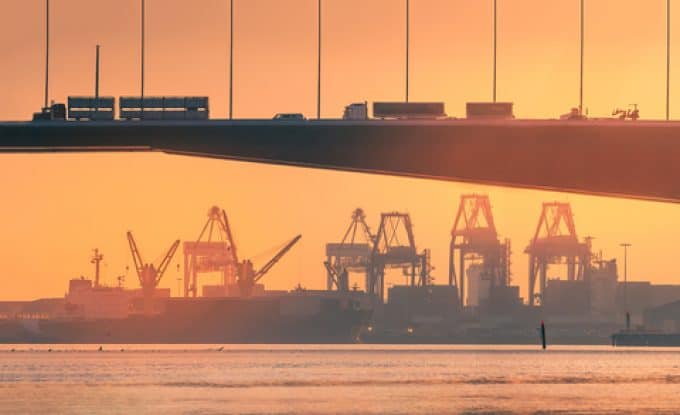Our previous blog post looked at the Shipping Industry in the first quarter of 2021 with a recap of everything that’s happened. In this blog post, we look at how Industrial Action and other similar issues contributed to the overall state of the shipping industry.
Australia was hit with industrial action at a time that the shipping industry was already vulnerable with imports being a challenge. Negotiations of terms between MUA (Maritime Union of Australia) with key Australian ports were underway with deadlocks in bargaining causing the industrial action with port workers stopping work at major port terminals all over Australia (such as Fremantle, Brisbane. Melbourne and Sydney). As of September of 2020, the Port of Sydney also enforced bans on overtime. Whilst the industrial action came to a halt a month later in October of 2020, the delays that was brought on by this issue continued for months after.
By mid-February of 2021, the Maritime Union of Australia once again brought on the threat of industrial action to the table with plans for strikes at the VICT (Victoria International Container Terminal). The Industrial action has been suspended for the time being citing the economic damage it is causing. Following which the DP also announced that terms were agreed upon after many years bargaining towards mutual agreement till 2023.
Apart from the industrial action, stevedore charges have also increased with charges for infrastructure being brought to the table which have impacted many stakeholders in the Australian freight industry. Port charges increase in mid-2020, and despite the container volumes decreasing the rise in port charges affected profits all around. With the stevedore charges, it had a roll-on effect on shipping line charges too with many companies issuing port congestion charges up to the likes of US$350 per TEU. However, according to experts, stevedore charges are now on the decline attributed to a offset in an increase of infrastructure surcharge to be borne by the importer in question which balances out the rates somewhat.
Whilst all chaos in the Australian freight industry have been occurring, the Federal Government has set up the International Freight Assistance Mechanism also know as IFAM. IFAM was conceived in April 2020 in effort to assist supply chain measures, medical supplies and other critical cargo.
Whilst the Australian Freight Industry is looking towards some positive outlooks and with the COVID-19 vaccine drives underway, there is more demand for what is termed as “air-sea logistics” where by the transport of the cargo is divvied up between air and sea logistics at certain points, such as air freight to Asian Countries from Europe and thereafter transport via sea freight.
More and more creativity is being utilized to go around the different issued affecting the Australian freight industry but there is hope at the end of the tunnel.

